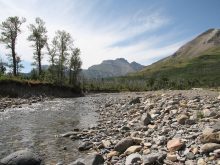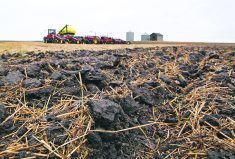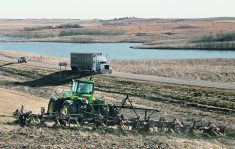There’s no silver bullet for stopping the slow but steady onslaught of global warming. We have technology solutions like solar energy, grid batteries and electric vehicles. There are ecological solutions like regenerative farming, tree planting and ecosystem restoration. And there are much maligned policy solutions like carbon pricing, carbon trading markets and regulations to limit carbon pollution.
It’s interesting that amongst the proponents of these categories of climate action there can be infighting and counter-productive “me first” attitudes. These squabbles can play into the hands of organizations opposed to any action on climate and reinforce some of their narratives designed to create doubt and opposition to the emerging solutions.
Take electric vehicles for example. There are some widely shared and popular views on EVs that are increasingly out dated and false. Just go on YouTube and search for “Fox News Electric Vehicles” and you’ll get a fine example of the kind of misleading reports their viewers are exposed to.
Read Also

Kochia has become a significant problem for Prairie farmers
As you travel through southern Saskatchewan and Alberta, particularly in areas challenged by dry growing conditions, the magnitude of the kochia problem is easy to see.
But the Fox sphere of influence isn’t the only source of opposition to electric vehicles. On the left, some influential people believe EVs are just as bad as gas-powered vehicles and the only solution is to completely get rid of cars.
Many who adamantly support this “no cars” ideology will avoid the question when asked, “if people aren’t willing to give up their cars, wouldn’t you rather have them driving more efficient zero-emissions vehicles?”
Of course it would be great if urban transit systems were improved, more isolated bike lanes were built, and cities were designed with an increasing number of walk-able neighbourhoods. These are all great initiatives. But when there’s no room for compromise, then perhaps we’re getting too attached to our opinions.
Recently, some social media influencers who post about climate and nature-based solutions are speaking out against the construction of large solar arrays on land. In their opinion, solar should only be built on buildings. The soil is sacred.
Unfortunately, this uncompromising position is aligned with anti-renewables politicians such as Alberta premier Danielle Smith. Smith has unapologetically used public funds to run advertising campaigns that tell Canadians renewable energy will leave them “freezing in the dark.” It should be no surprise that her government has created policy roadblocks to stall what was a booming wind and solar industry in southern Alberta.
Individuals who dream of a future with flourishing ecosystems and an end to fossil fuel pollution make strange bedfellows with the pro-petroleum lobby, which has zero tolerance for solar-energy competition.
To be clear, any dialogue that challenges the renewable energy industry and points out real problems with current practices is fair game. The problem arises when criticism highlights a small problem and blows it out of proportion. Our world has a lot of problems that are out of control right now, but building solar farms on the properties of willing landowners isn’t one of them.
However, there is always room for improvement. Removing soil to build a solar array is a bad idea even if the land should recover over the 30-year life of the project. Furthermore, some solar projects are currently implemented without considering the agricultural or soil regeneration opportunities available.
But this is the kind of government policy that could foster more ag-friendly projects while helping landowners and rural municipalities benefit from the jobs, lease income and tax revenue solar companies provide.
Agrivoltaics are proving to be very good for agriculture. On intensely hot summer days, livestock can graze in the shade of solar panels and when crops are planted between rows of panels the cooler soil retains more moisture and requires less irrigation.
There is also a real opportunity to improve soil health on degraded land by planting native grasses and other plants amongst the solar arrays.
But the most obvious thing being ignored by solar opponents on both sides of the political spectrum is that despite grid-scale solar projects covering a huge area, it is a minuscule amount of land in comparison to the total amount of agricultural, degraded and crown land available.
With a common sense approach to rural solar development, the government will not stand in the way of clean, low-cost electricity and opponents may learn that solar farms actually help mitigate the impact of hotter and drier growing seasons.
Robert Miller is a retired systems engineer, formerly with General Dynamics Canada, who volunteers with the Calgary Climate Hub and writes on behalf of Eco-Elders for Climate Action. He lives in Calgary.





![Protesters crowd a street carrying signs that read, "Global warming real. In other news, water is wet," and "Stop denying the [blue painted pic of the Earth] is dying."](https://static.producer.com/wp-content/uploads/2025/07/29145152/158171_web1_2019-10-18T222818Z_1221762151_RC14C26A65A0_RTRMADP_3_CLIMATE-CHANGE-THUNBERG-1200-220x165.jpg)











